Panama, a Central American country connecting North and South America, is known for its strategic location and rich history. Originally inhabited by indigenous peoples, Panama became a crucial crossroads during Spanish colonization in the 16th century, serving as a transit point for gold and silver shipments. After gaining independence from Spain in 1821, Panama was initially part of Colombia before becoming an independent republic in 1903, with significant influence from the United States. This independence was closely tied to the construction of the Panama Canal, which transformed Panama into a major global trade hub. Today, Panama is celebrated for its vibrant culture, diverse landscapes, and the pivotal role it plays in international commerce.
The Same
The family stopped in Panama on a cruies prior to having kids while the Dinks stayed at an all-inclusive resort for several days. There was still plenty of overlap between the two experiences as well as differences.
The Panama Canal
The Panama Canal, one of the world’s greatest engineering feats, was completed in 1914, connecting the Atlantic and Pacific Oceans through the Isthmus of Panama. The idea of a canal dates back to the early 16th century, but it wasn’t until the late 19th century that construction began under French leadership, led by Ferdinand de Lesseps. However, the French effort was plagued by disease and financial troubles, leading to its abandonment. The United States took over the project in 1904, successfully overcoming the challenges of tropical diseases and difficult terrain. The canal revolutionized global trade by significantly shortening maritime routes, making it a critical passageway for international shipping. Today, the Panama Canal remains a vital artery of global commerce and a symbol of human ingenuity.
Miraflores Locks Visitor Center to experience the Panama Canal firsthand. Spent about 1.5 hours observing the operations of the canal, learning about its history, and marveling at the engineering feat that connects the Atlantic and Pacific oceans.
IMAX Movie: After exploring the museum, visitors can further immerse themselves in the story of the Panama Canal by watching an IMAX movie. IMAX theaters offer larger-than-life screens and immersive sound systems that bring the canal’s history and impact to life in vivid detail. Narrated by Morgan Freeman, the stunning cinematography, breathtaking aerial footage, and immersive sound effects combine to create an unforgettable cinematic experience. We normally do not do things like this but were really glad we did this.
The DINKs
We booked a trip to Panama to relax on the beach during a winter escape. We picked the resort because we had points that covered it. The sort itself was just okay but it was a relaxing cheap escape.
The day we arrived, we booked a private Panama City tour since we knew our room wouldnt be ready until early evening. They provided pick up from the airport, a guided tour and drop off at our resort. It was surprising inexpensive.
Panama City
Panama City, the bustling metropolis that serves as the country’s capital. Here, skyscrapers pierce the sky, showcasing the city’s modernity and economic vitality. Yet, amidst the urban sprawl lies the historic Casco Viejo, a UNESCO World Heritage Site. Wander through its cobbled streets lined with colonial-era buildings, vibrant murals, and charming cafes. Every corner tells a story, narrating Panama’s rich history and cultural heritage.
San Felipe, also known as Casco Viejo, the historic district of Panama City and a UNESCO World Heritage Site. Spent time driving through the charming streets of Casco Viejo, admiring its colonial architecture, colorful buildings, and historic landmarks. We saw attractions like Plaza de la Independencia, Iglesia San José, and the Presidential Palace.
The Amador Causeway, also known as Calzada de Amador, is a scenic road connecting Panama City to four small islands at the entrance of the Panama Canal. The causeway offers stunning views of the Pacific Ocean, the Panama Canal, and the city skyline. Of the four islands, three are accessible to visitors: Naos Island, Perico Island, and Flamenco Island. Here’s what you can expect to find on each island:
- Naos Island: Naos Island is the first island you encounter when traveling from Panama City along the Amador Causeway. It is primarily known for its marine research facilities and the Smithsonian Tropical Research Institute’s Punta Culebra Nature Center. Here, visitors can explore interactive exhibits, aquariums, and nature trails showcasing Panama’s rich biodiversity. The Punta Culebra Nature Center offers educational programs and guided tours, making it a great destination for families and nature enthusiasts.
- Perico Island: Perico Island is the second island along the Amador Causeway and is mostly known for its recreational facilities and green spaces. Visitors can enjoy leisurely walks or bike rides along the waterfront promenade, taking in views of the Panama Canal and the city skyline. The island is also home to several restaurants, cafes, and bars where visitors can relax and enjoy a meal or refreshments while soaking in the tropical ambiance.
- Flamenco Island: Flamenco Island is the largest and most popular of the three islands accessible via the Amador Causeway. It features a vibrant marina, a commercial center, and a variety of recreational activities for visitors to enjoy. The island is a hub for water sports such as kayaking, paddleboarding, and jet skiing, offering equipment rentals and guided tours for adventurers of all skill levels. Additionally, Flamenco Island boasts a sandy beach where visitors can swim, sunbathe, or simply relax with a refreshing drink in hand. The island’s commercial center is home to shops selling souvenirs, beachwear, and local handicrafts, making it a convenient spot for shopping and browsing.
Playa Bonita
Playa Bonita is a prime location on a picturesque stretch of beach, offering breathtaking views of the Pacific Ocean, lush tropical landscapes and our favorite view of the ships waiting to enter the Panama Canal. Despite its tranquil setting, the resort is conveniently close to Panama City, allowing guests to easily explore the city’s attractions. The beach did not compare to the Caribbean but we enjoyed the view from the pool.
Amidst the lush vegetation and towering palm trees, sightings of wildlife are commonplace, adding a touch of magic to every moment. Guests may find themselves delighted by the sight of two-toed sloths leisurely making their way through the canopy, their slow and deliberate movements captivating onlookers. (We were able to see two of them.) These adorable creatures, known for their gentle demeanor, often become the highlight of guests’ stays as they observe them in their natural habitat. Additionally, the resort’s grounds are home to an abundance of iguanas, basking in the sun or darting among the foliage. These prehistoric-looking reptiles provide an intriguing glimpse into Panama’s diverse ecosystem and serve as a reminder of the importance of preserving their habitat.
The Family
We had a full day in Panama while on a cruise and booked a full day excursion that includ the Panama canal as well as the transcontentental railroad.
Panama Transcontinental Railroad:
The Panama Transcontinental Railroad, completed in 1855, was the first railway to connect the Atlantic and Pacific Oceans, playing a crucial role in global trade and travel. Spanning the Isthmus of Panama, it provided a faster and safer route for transporting goods and passengers, particularly during the California Gold Rush. The railroad’s construction was a remarkable engineering feat, overcoming challenging terrain and tropical conditions. It laid the groundwork for the eventual construction of the Panama Canal, solidifying Panama’s importance as a key transit point between the two oceans.
Summary
In conclusion, both the family and the DINKs had memorable experiences in Panama, each offering its own unique perspective. While both groups shared the awe-inspiring visit to the Panama Canal, the DINKs had the added advantage of spending several days in the country, allowing them to unwind on the beach and explore the vibrant city of Panama. The family’s experience was enriched by the thrilling ride on the Transcontinental Railroad, adding a historical dimension to their trip. Ultimately, each adventure showcased Panama’s diverse offerings, from its iconic engineering marvels to its stunning landscapes and bustling city life.
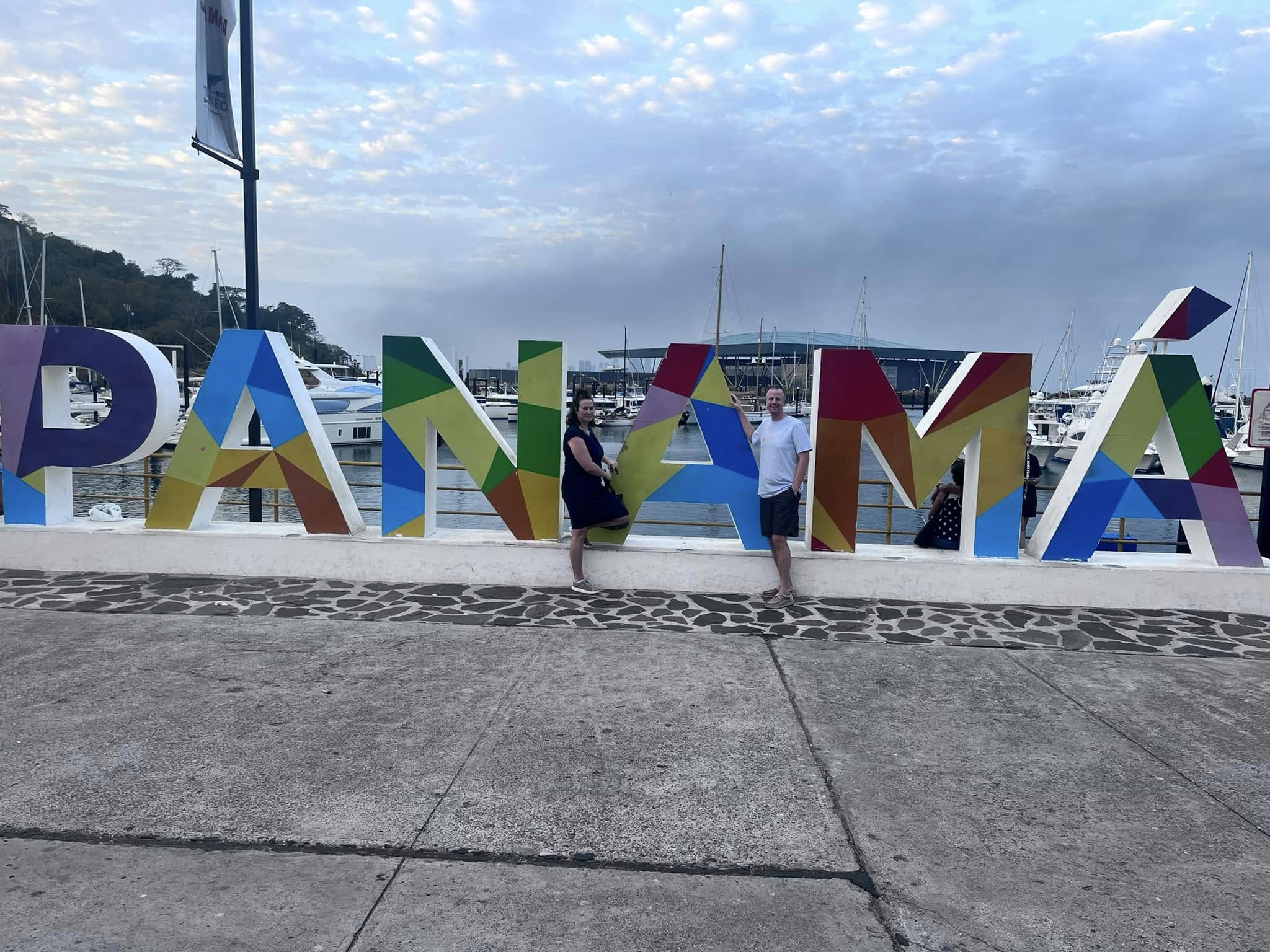






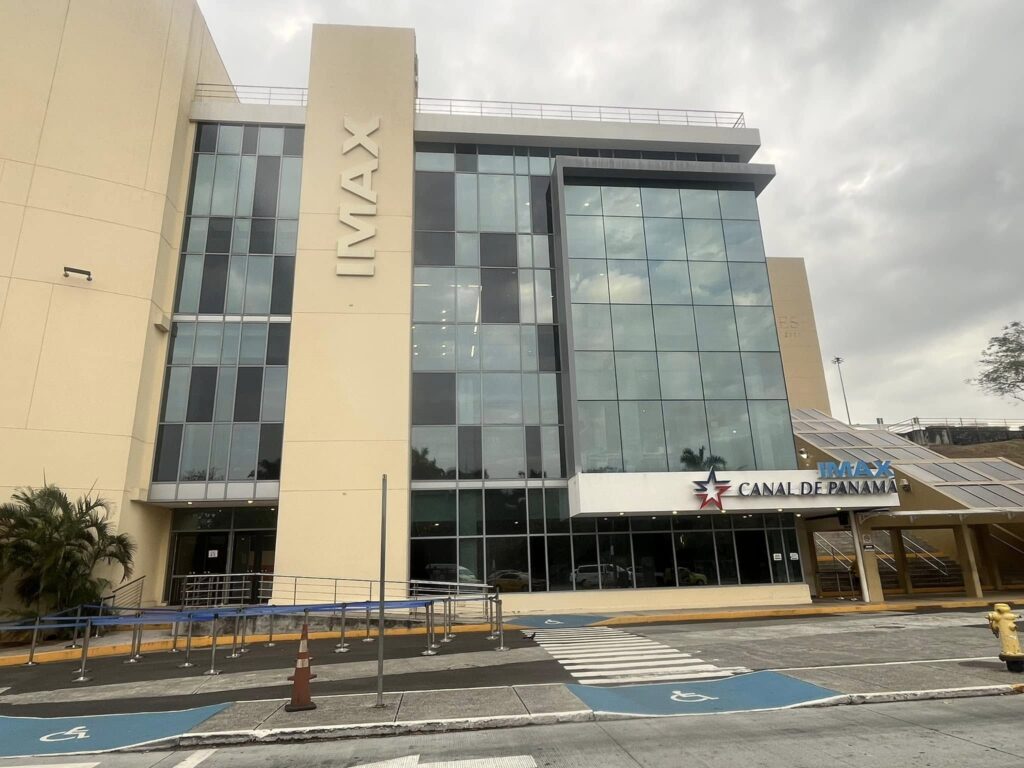



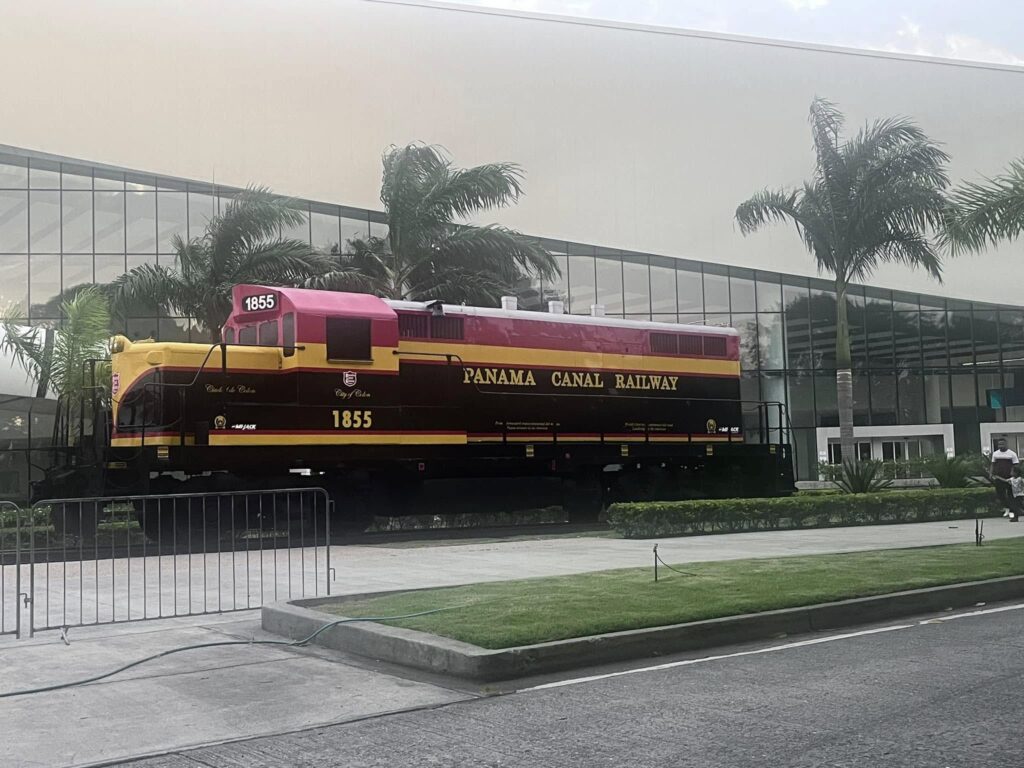
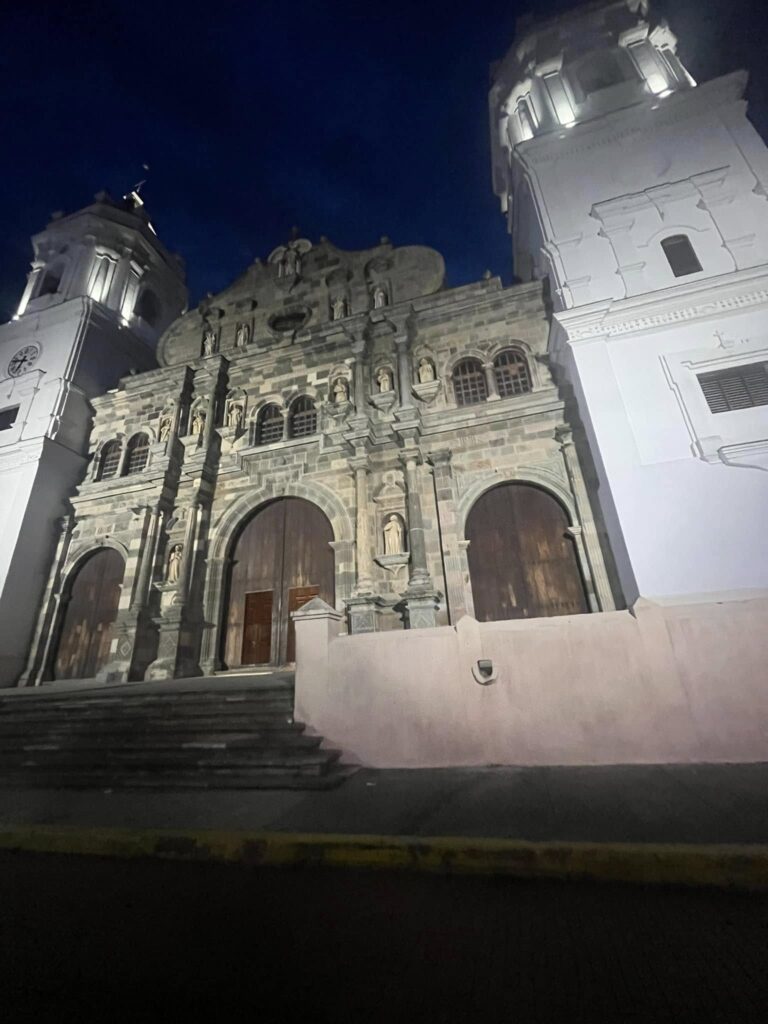
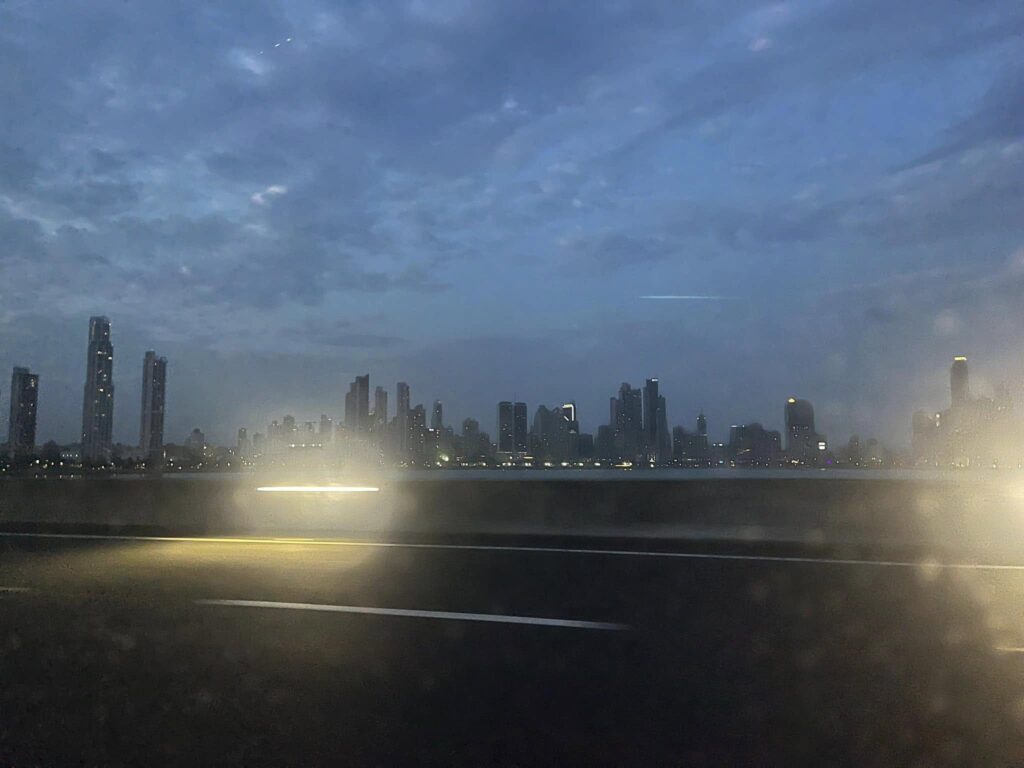


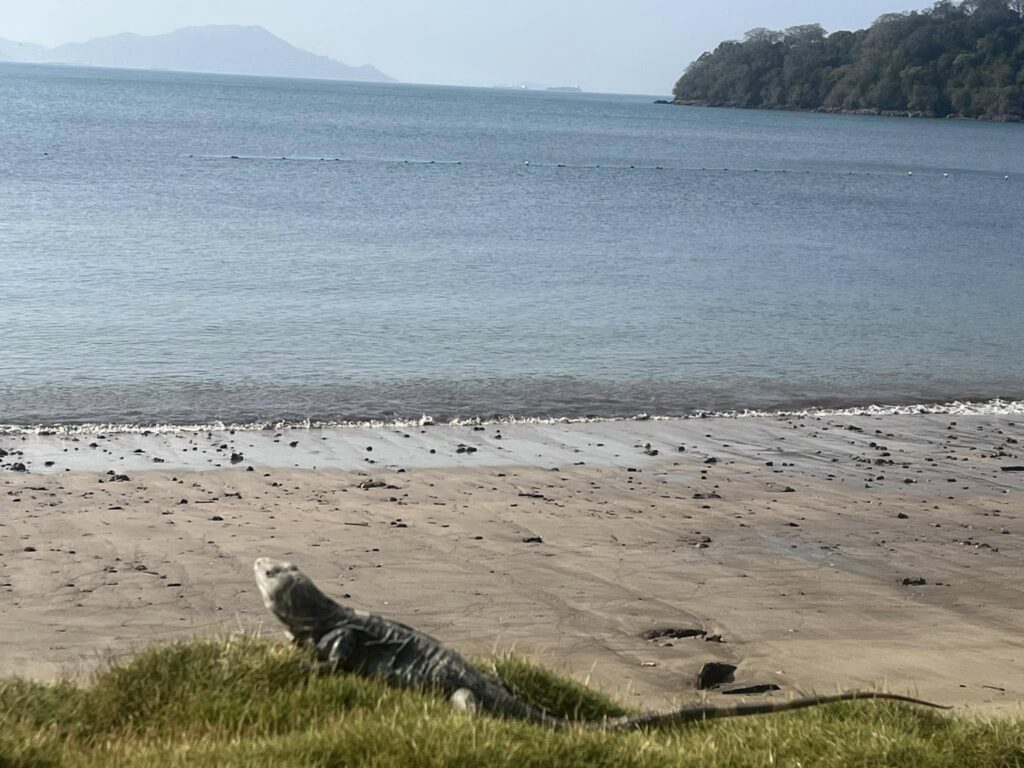

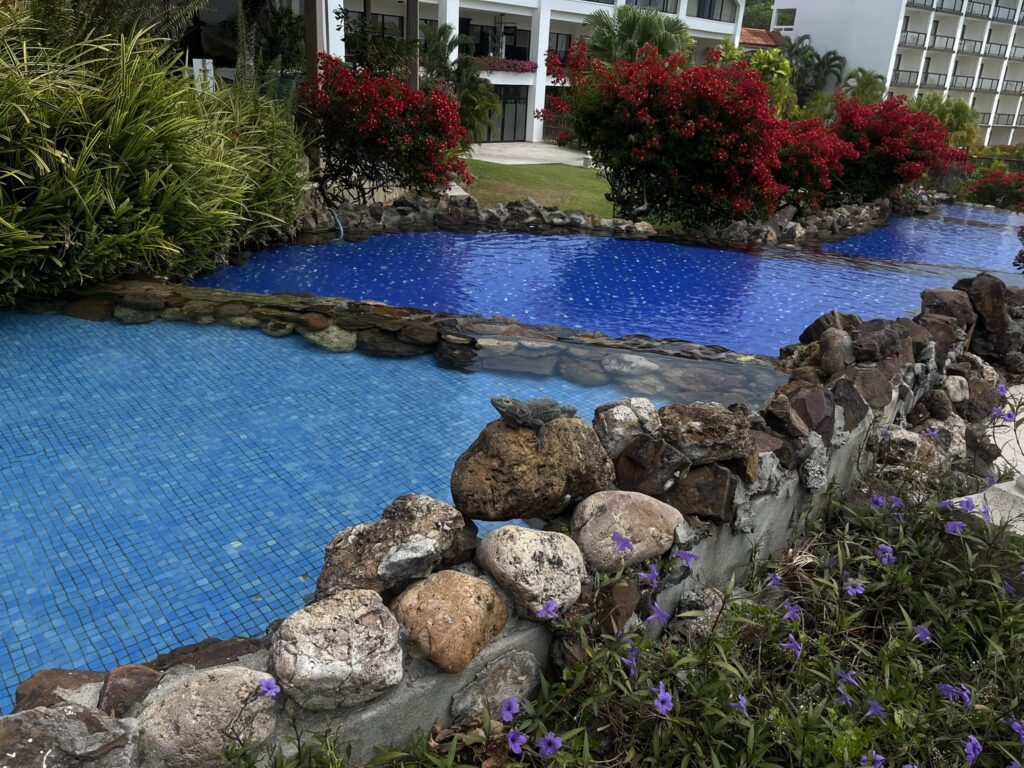

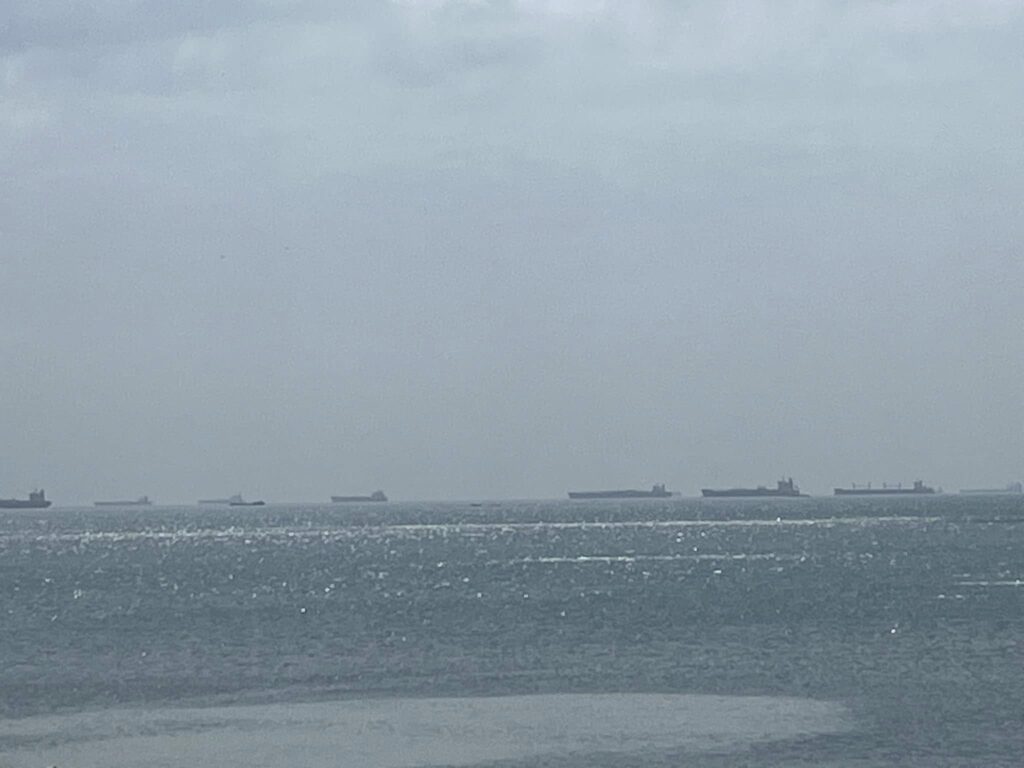




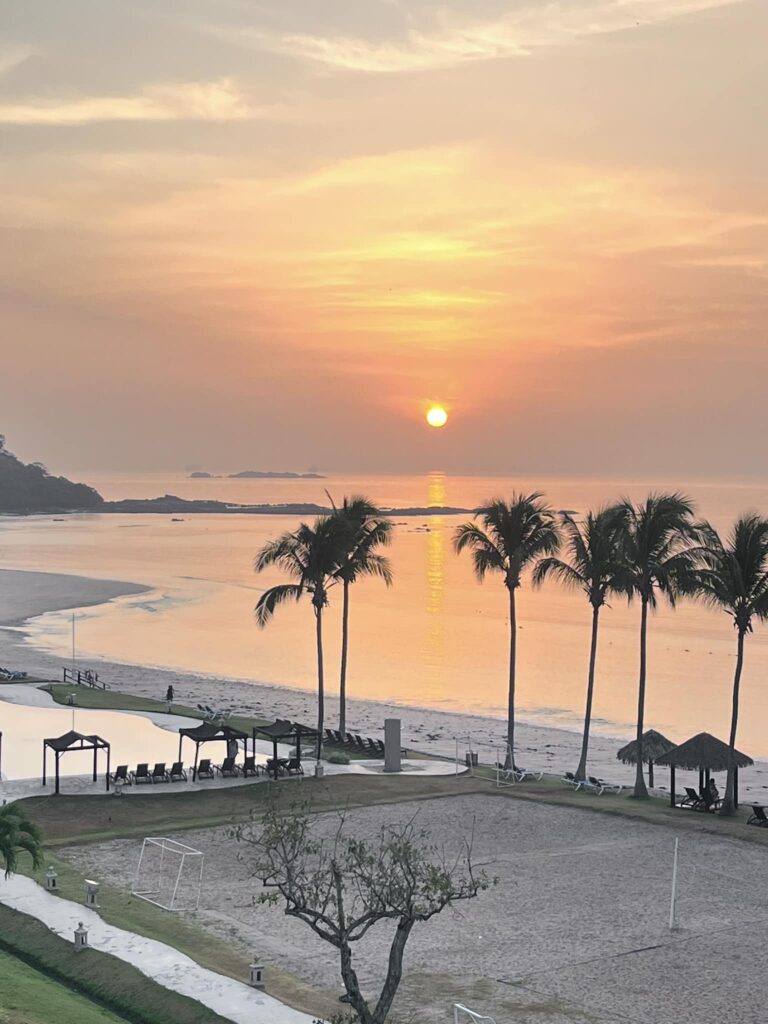
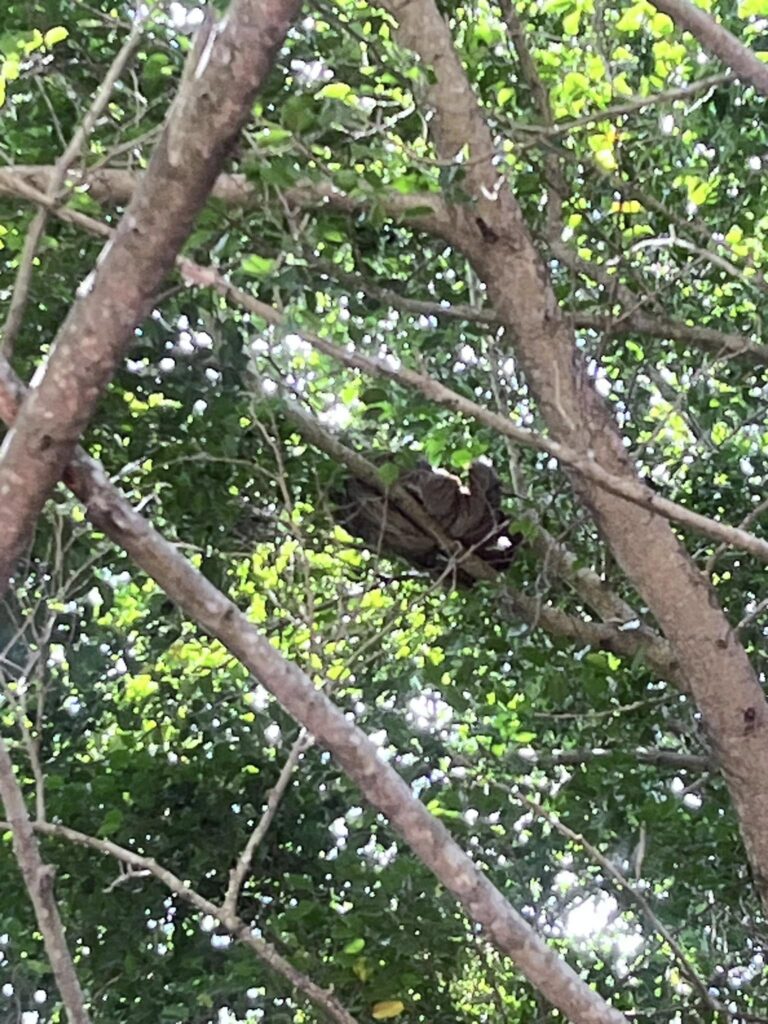
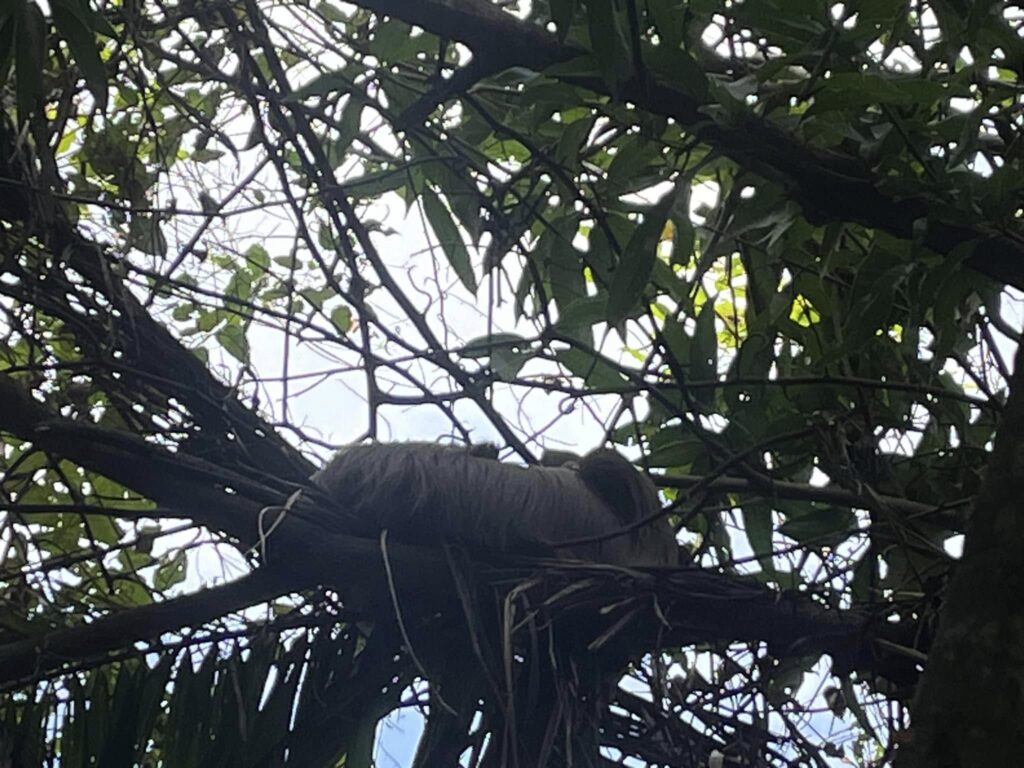
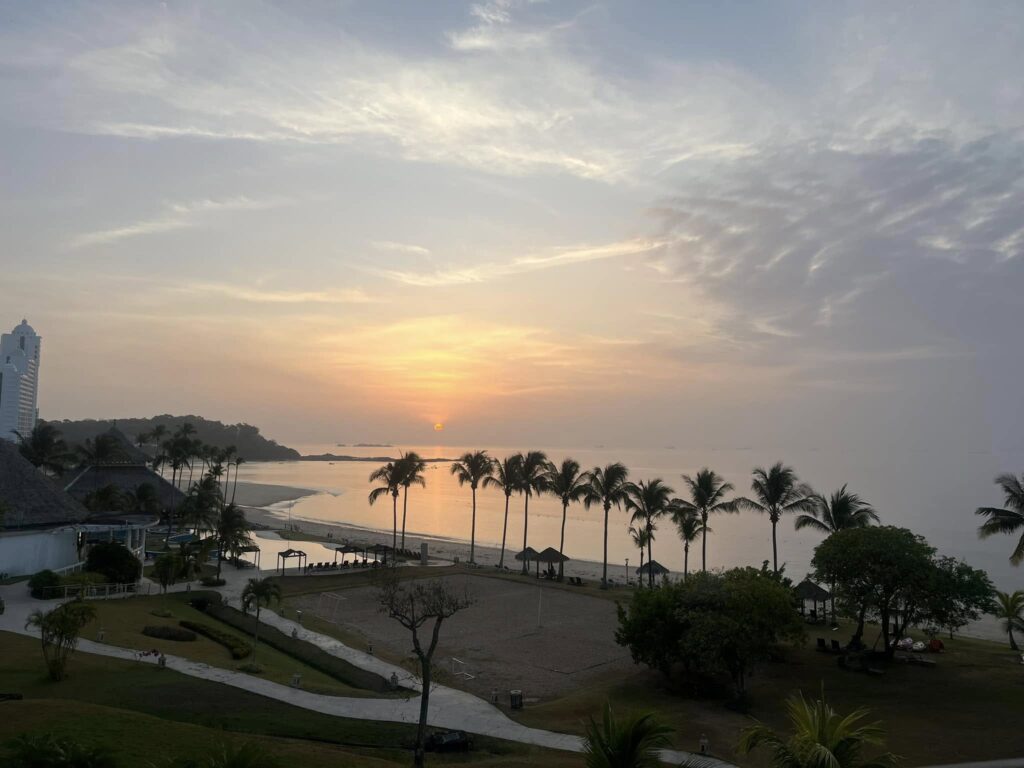








Leave a Reply